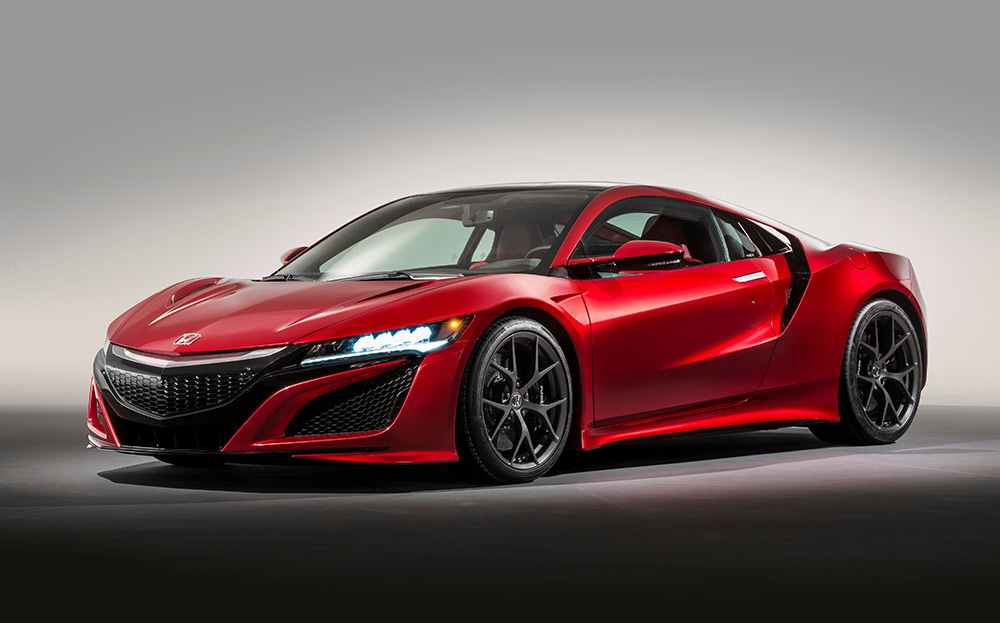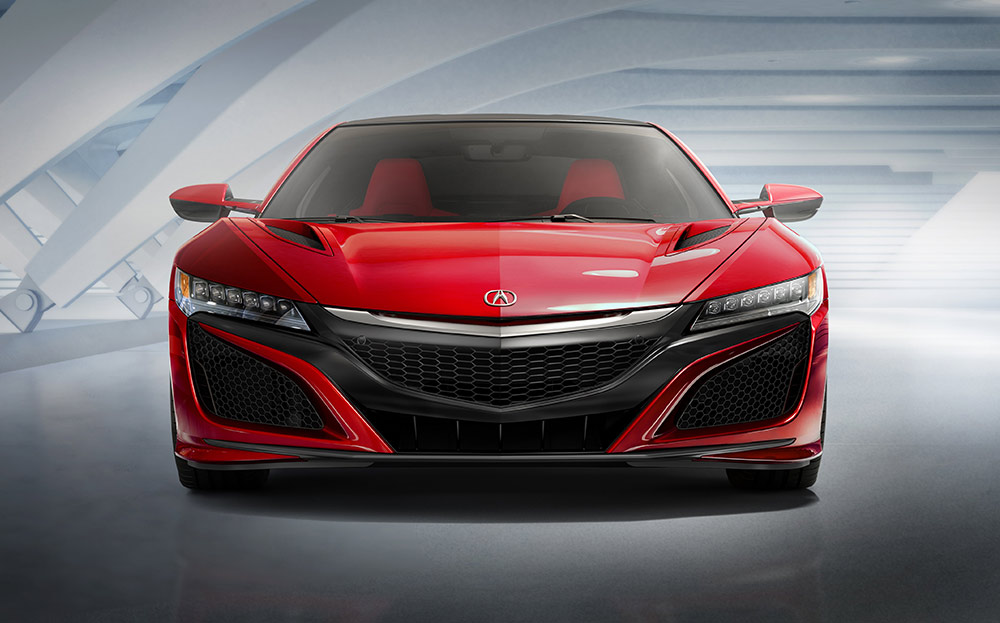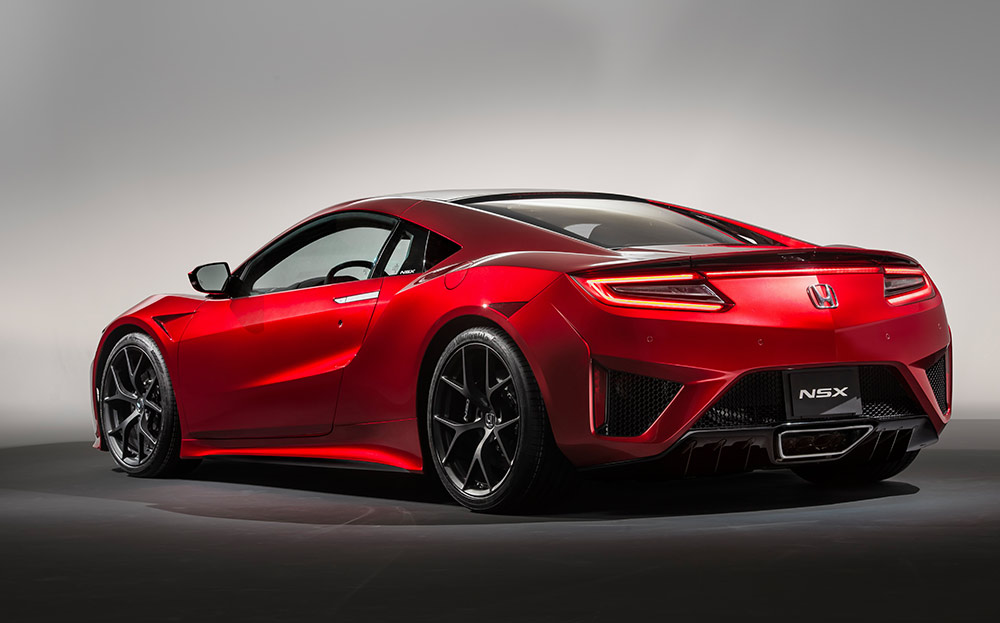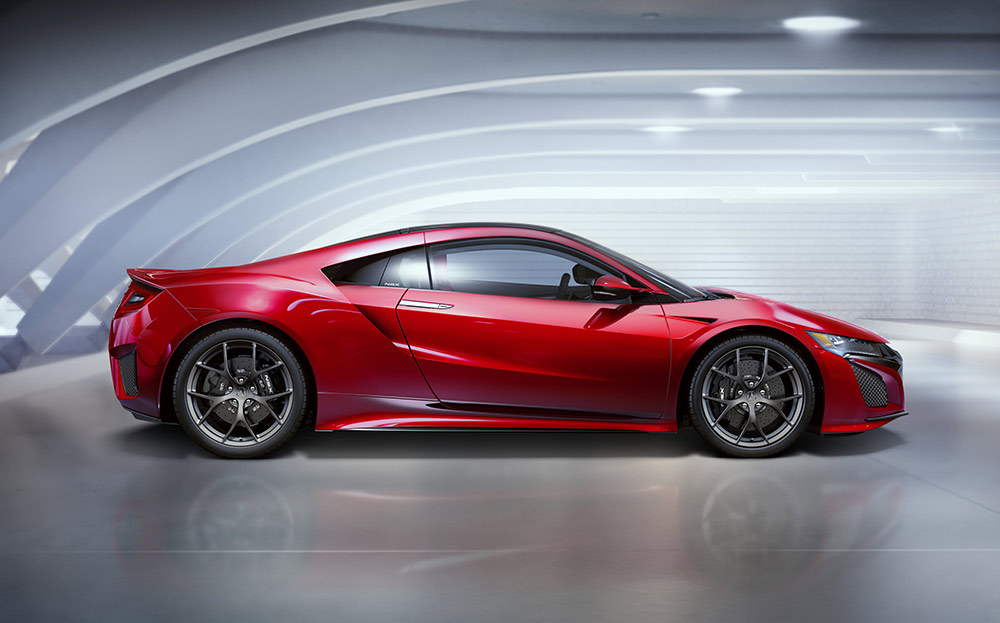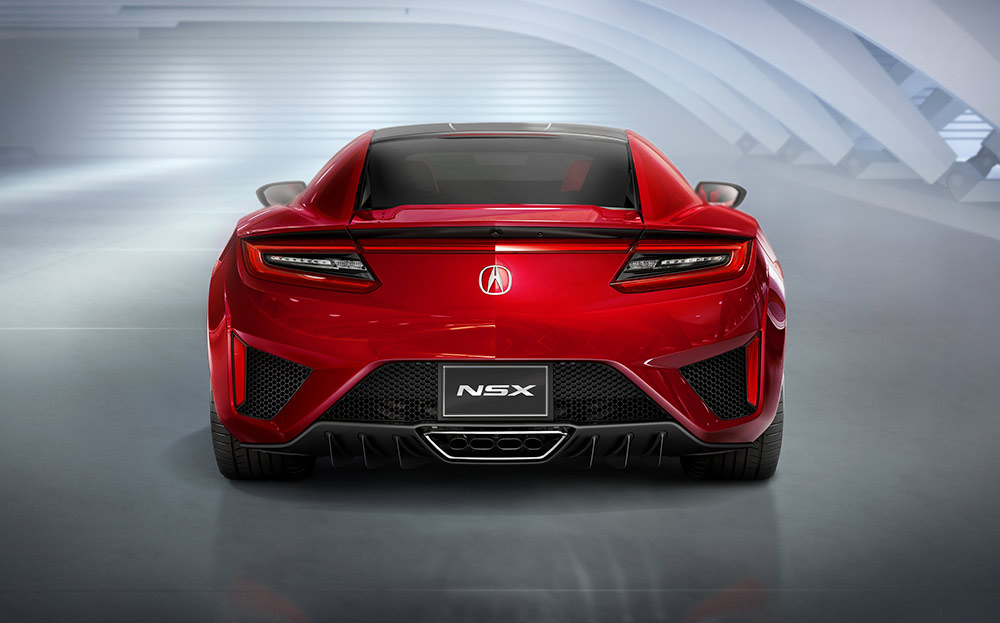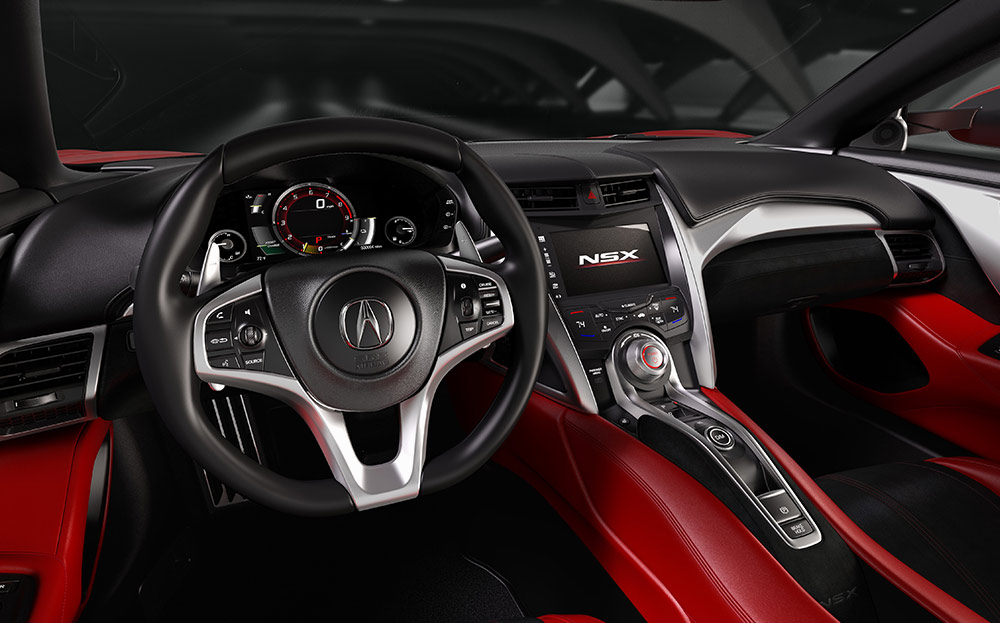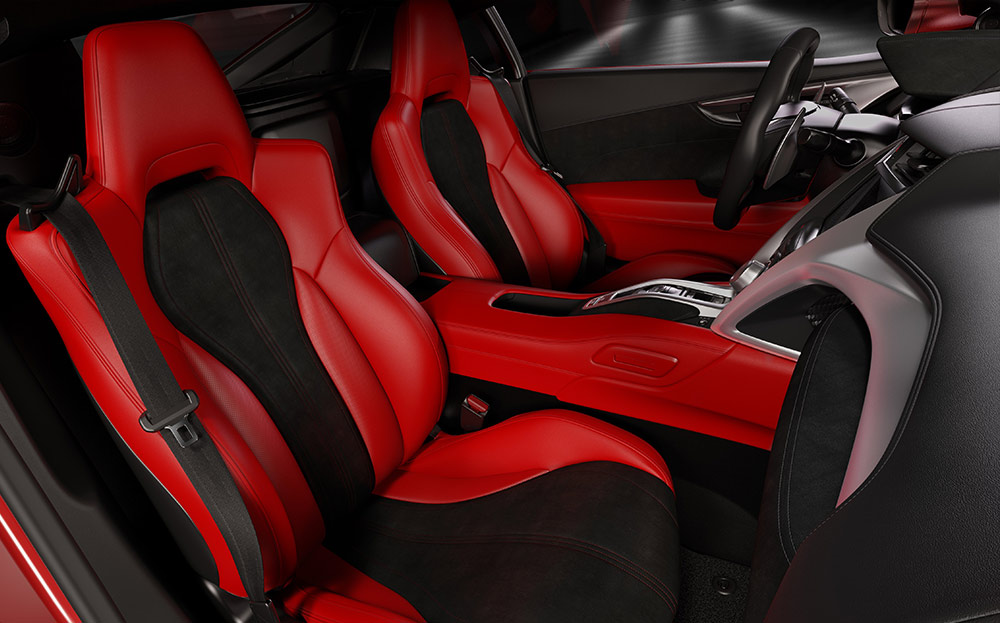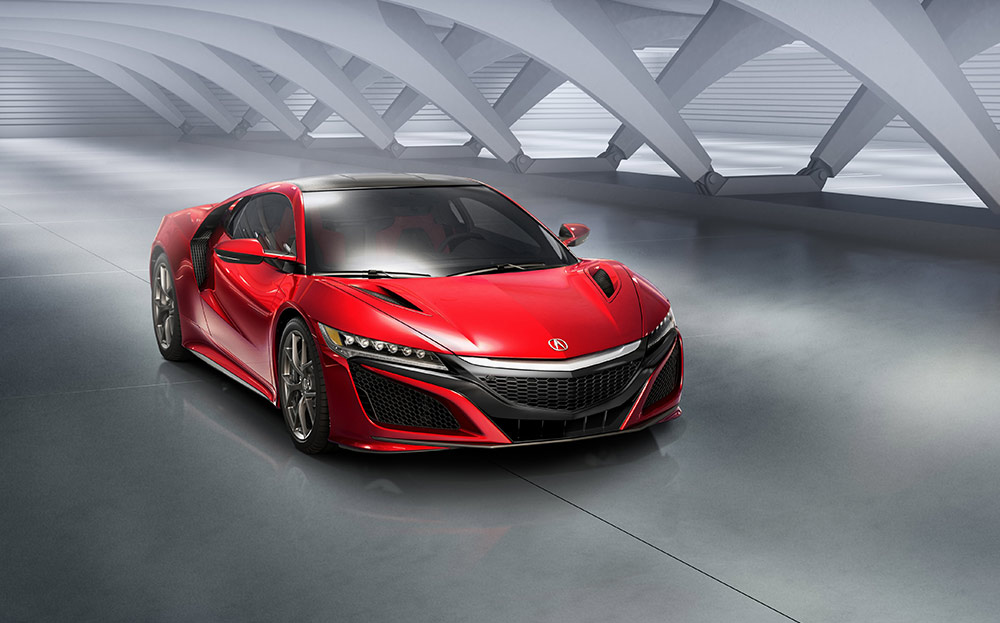First Drive review: 2016 Honda NSX
At last, a new NSX. It’s been worth the 11-year wait
IN MANY ways it would be wrong to compare the Honda NSX to a Porsche 911 Turbo, Audi R8 or McLaren 570S, although those are its natural rivals. Weirdly, it probably has more in common with the Porsche 918 Spyder — a £688,000 petrol-electric hybrid. Both took years to get right and both are a new kind of fast car.
Supercars used to be all about show, noise, speed and drama. The Porsche and the NSX represent a new generation of more socially acceptable supercar that uses electric motors to augment and sometimes replace internal combustion engines and produce scorching performance.
The NSX reaches 60mph from standstill in less than three seconds, and has a top speed of 191mph. And here’s the most impressive thing: it costs just £130,000, less than a fifth of the price of the 918.
Browse NEW or USED cars for sale on driving.co.uk
But then a champagne lifestyle for beer money is what the NSX was designed to deliver. The last NSX — New Sportscar eXperimental — was launched in 1990. At the time, an equivalent Ferrari was best described as histrionic and a Porsche wasn’t just scary to drive; it was heart-stopping.
Honda’s engineers concluded that there must be a way to make a sports car that would start every morning and wouldn’t crash on the way to the office. The NSX rewrote the rulebook, a sports car that doubled as everyday transport, and survived until 2005.
The new NSX’s look was created in Japan and finalised in Honda’s Los Angeles studio. Compared with European supercars, it has a sharp, origami precision. The car will be built by hand in Ohio by a team that at full capacity will produce just eight a day.
In the middle of the aluminium body sits a twin-turbocharged 3.5-litre V6, with a nine-speed double-clutch gearbox bolted to the back, driving the rear wheels. Between those two is an electric motor that helps to fill in any turbo lag from the petrol engine with electrical whizz.
At the nose, two more electric motors drive a front wheel each, allowing the NSX to provide power instantly to whichever wheel can handle most; all three motors are powered by a lithium-ion battery pack. Thus you get an all-wheel-drive hybrid supercar with a total output of 573bhp.
Driving it isn’t as complicated as the foot-thick manual suggests. Sink into plush seats, press the start button to the right of the steering wheel and the car wakes up, suggesting one of four drive modes selected via a wheel in the centre of the dash.
“With all its engineering devilry, this supercar could have felt computerised and inert — but it just doesn’t”
Quiet mode allows you to drive in silence using pure electricity — a useful party trick for a supercar — and is good for about two miles before the V6 kicks in to help things along.
Sport mode turns the NSX into a traditional hybrid, with the V6 and electric motors working together. Rotate the controller to Sport+ and the car stiffens and becomes a lot more responsive.
The NSX has one last trick: Track mode, in which it quickly becomes clear how brutally effective all that technology is. This is the real achievement for Honda — making an immensely complex car feel natural.
With all its engineering devilry, this V6, turbo, hybrid, all-wheel-drive supercar could have felt computerised and inert — but it just doesn’t. Driving it is a rewardingly analogue experience.
Charlie Turner is the editor-in-chief of BBC Top Gear magazine


